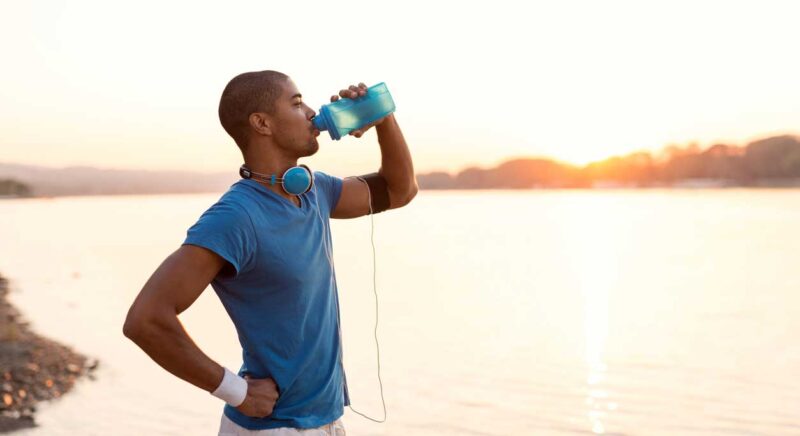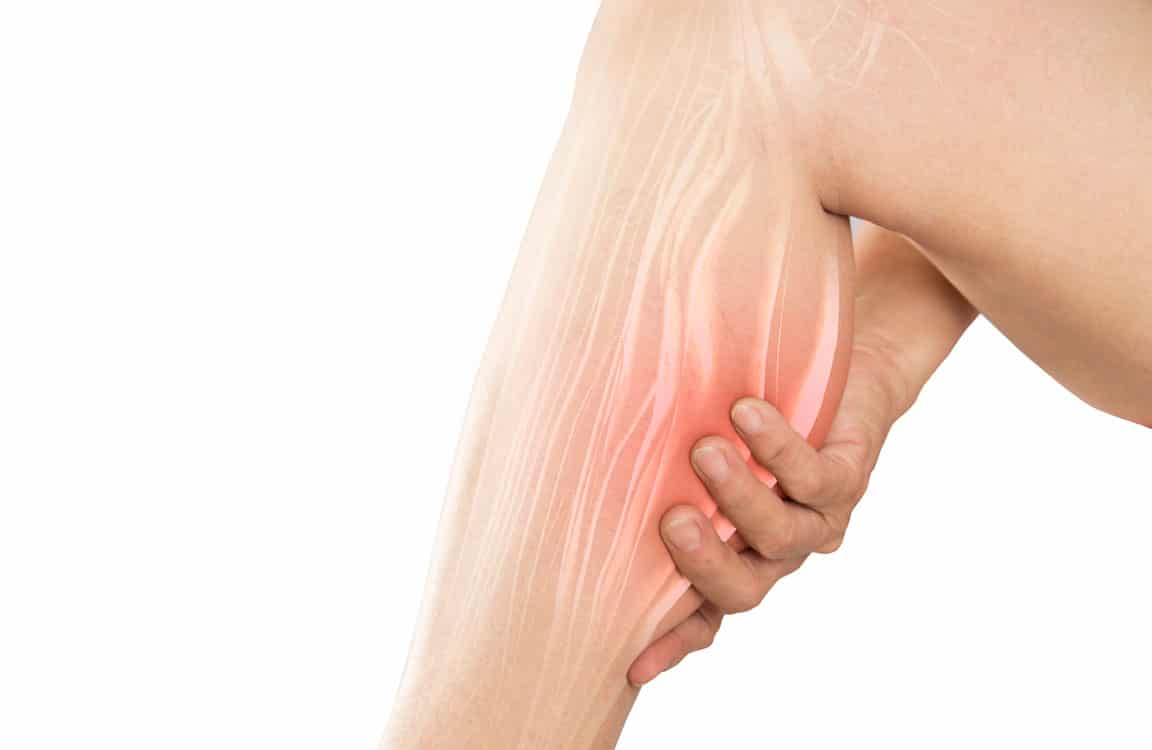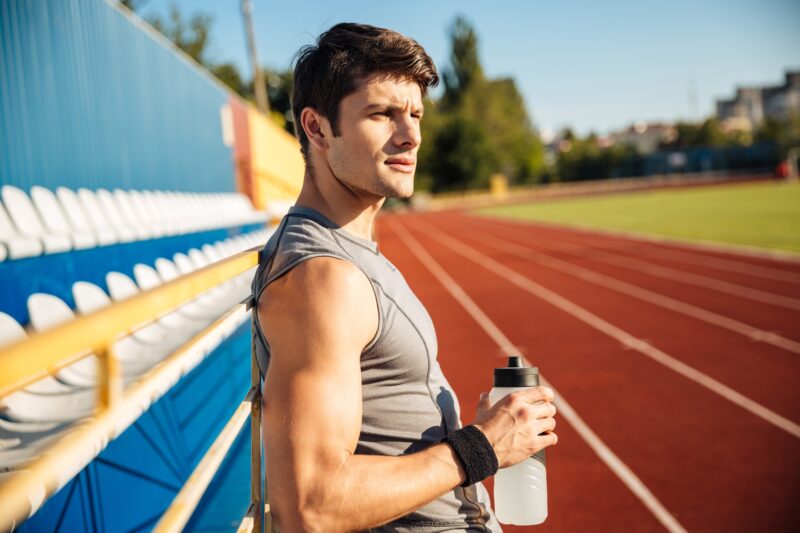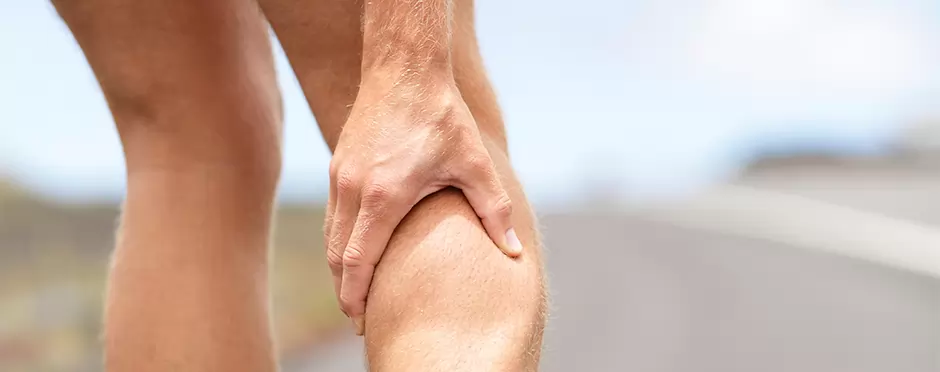We’ve all experienced that sudden, agonizing contraction of a muscle, stopping us in our tracks. Often blamed on excessive exercise or an awkward movement, muscle cramps are far more deeply rooted in our body’s hydration and electrolyte balance than most of us realize. Journey with me as we explore this intricate connection, and arm yourself with the knowledge to keep those bothersome cramps at bay.
The Role of Hydration

Water: It’s the lifeblood of our cells, enabling a plethora of cellular processes and maintaining our body’s equilibrium. Every cell, tissue, and organ in our system requires an adequate amount of water to function properly. Without it, our bodies would grind to a halt, unable to carry out essential tasks ranging from digestion to temperature regulation.
Yet, when it comes to muscle function, hydration plays a crucial role in maintaining the balance of minerals inside and outside our muscle cells. This balance ensures that muscles contract and relax efficiently. When we’re parched, this balance gets disturbed, leading to problems like muscle cramps. Learn more about muscle cramps if they often give you trouble. It may be easier to get rid of them than you think.
Dehydration and Electrolyte Imbalance
When we say “electrolyte,” we often think of sports drinks and endurance athletes. In truth, these tiny charged particles are in everyone’s bodies, ensuring our cells function correctly. Sodium, potassium, and calcium are just a few examples. These elements are critical for transmitting electrical signals in our body, especially in our muscles and nervous system.
Loss of fluids, commonly from excessive sweating or insufficient water intake, can throw off our electrolyte balance, upsetting the delicate interplay between these minerals. When this happens, muscles can contract involuntarily, causing those painful, often unexpected cramps.
Factors Contributing to Muscle Cramps

While dehydration is a prime culprit behind muscle cramps, other variables can exacerbate the situation. Extended physical exertion, especially in a hot environment, amplifies the chances of cramping. This is because intense exercise increases fluid and salt losses via sweat, especially when the environment contributes to faster evaporation.
Age also plays its part. As we grow older, our muscle mass diminishes, and our tendons (the tissues connecting muscles to bones) tend to get shorter. These changes make older adults more susceptible to cramping. Coupled with a reduced thirst mechanism in many seniors, the risk of dehydration and subsequent muscle issues grows.
Signs and Symptoms of Dehydration
Feeling thirsty is the most obvious symptom, but by the time thirst sets in, you might already be dehydrated. A dry, sticky mouth and a significant decrease in urine output, or darker yellow urine, can also indicate inadequate hydration.
A parched feeling isn’t just confined to our mouth; our skin too reacts. Pinching your skin and observing how fast it goes back to its original position can offer a clue. If it remains “tented” for a few moments, this could be a sign of dehydration. Fatigue, dizziness, and a rapid heartbeat are other indicators to be watchful of.
Preventing Muscle Cramps through Hydration
To ward off those unwelcome muscle contractions, it’s imperative to keep your hydration levels in check. Consuming enough fluids throughout the day is a basic but essential step. This doesn’t mean only water; beverages like milk and tea can also contribute to your daily fluid intake.
However, it’s not just about quantity; timing matters too. Drinking fluids before, during, and after exercise can make a substantial difference, especially during prolonged physical activities. While water is usually sufficient for short exercises, consider an electrolyte-rich drink for longer workouts to replenish those vital minerals.
Hydration Strategies for Active Individuals

Active individuals, from joggers to professional athletes, face a heightened risk of cramps due to increased fluid loss. Staying hydrated doesn’t mean gulping down gallons just before a workout. Start hydrating hours before any physical activity. A useful guideline is consuming 500ml of water around 2 hours before exercise.
Post-exercise, replenishing lost fluids is vital. As a general rule of thumb, for every kilogram lost during exercise, consume 1.5 liters of fluid. Electrolyte drinks can help, especially if the activity lasts longer than an hour.
Importance of Proper Nutrition
Beyond just drinking water, the food we consume plays a pivotal role in maintaining fluid and electrolyte balance. Foods rich in potassium and magnesium, like bananas, avocados, and nuts, can fortify our body against cramps. These nutrients support proper muscle function and reduce the risk of imbalances that could cause involuntary contractions.
Similarly, avoiding excessive salt can mitigate the risk. While sodium is vital, an overabundance can disrupt our body’s fluid balance. By eating a well-rounded diet and monitoring our salt intake, we can help our muscles function optimally.
Recognizing Dehydration in Different Settings
While athletes are often touted as prime candidates for dehydration, everyday settings can be just as risky. Workplaces with inadequate air circulation or air conditioning can lead to increased sweating and fluid loss. Even long drives without sufficient water breaks can put individuals at risk.
Children, often engrossed in play, may forget to drink water, making them potential dehydration victims. Elderly individuals, with their subdued thirst mechanisms, are another group requiring careful observation. Recognizing the settings and the potential risks can be half the battle in preventing dehydration.
Seeking Medical Attention for Severe Cramps

Most muscle cramps, though painful, aren’t cause for alarm. However, recurrent or unusually severe cramps might hint at an underlying condition or severe dehydration. If drinking water or resting doesn’t relieve the pain, it’s wise to consult a healthcare professional.
Persistent cramps could be indicative of conditions like nerve compression or mineral deficiencies. A physician will not only address the immediate issue but can offer guidance on long-term strategies to avoid such muscle complications in the future.
Final Thoughts
Being aware of the intricate link between muscle cramps and hydration is the first step in keeping them at bay. Equipping ourselves with the knowledge and strategies to maintain proper hydration and electrolyte balance can lead to a more comfortable, cramp-free existence. So, the next time you head out for that run or simply go about your day, remember the importance of staying hydrated. It’s not just about quenching thirst—it’s about ensuring every muscle in your body works harmoniously.

